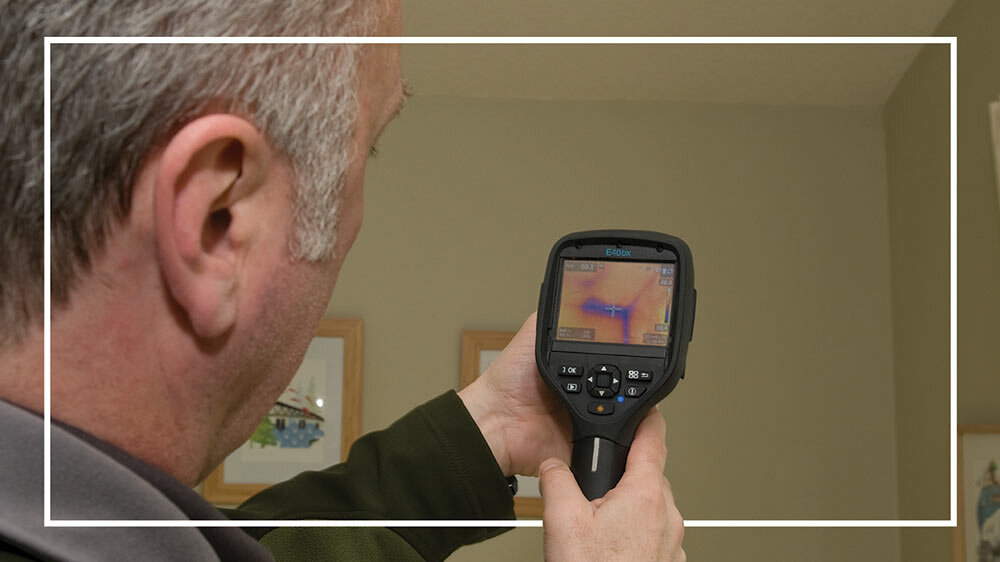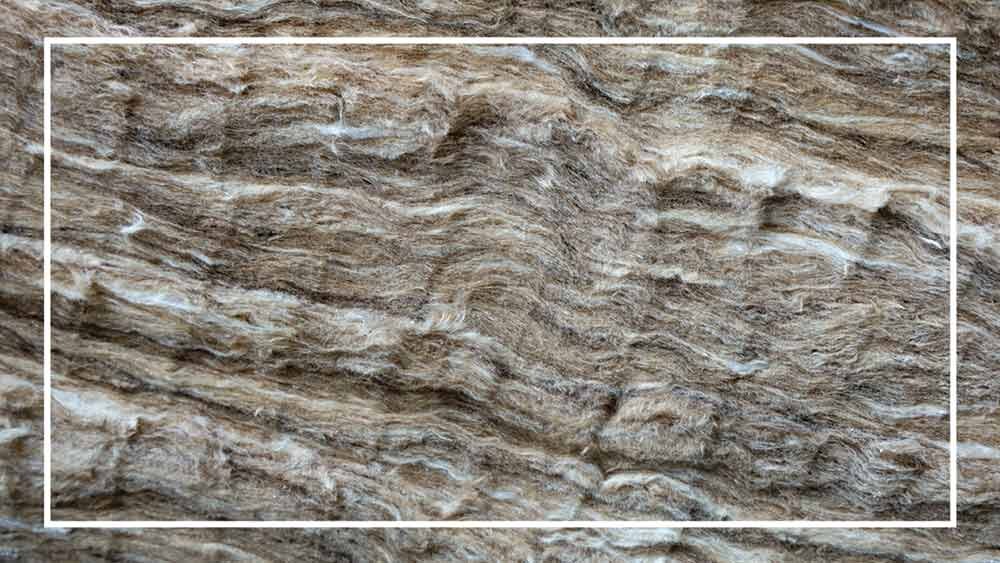Find and Fix Cold Spots with Thermal Imaging
Author: Bill Hoelzer / Read Time: Two Minutes
When it’s cold outside, you may notice more drafts and cold spots in your home. That’s the bad news. The good news is that we can use thermal imaging to see exactly how that cold air is entering your home.
Finding and fixing air leaks is called “air sealing,” and it’s one of the most cost effective things you can do to bring down your energy bills. According to ENERGY STAR, the average homeowner in Oregon will save 17% on heating and cooling costs by sealing air leaks and adding insulation.
The article this week is all about thermal imaging and how you can use it to stop cold air from entering your home. If you’re interested in scheduling a consultation with thermal imaging, feel free to give us a call at 541.330.8767. You’re also welcome to schedule online:
Thermal imaging works best in the winter
Thermal images show surface-heat variations, with higher temperatures appearing as lighter colors and lower temperatures or wet areas appearing as darker colors. During the winter months, cold air entering your home shows up with a dark purple color. We can easily see gaps in wall insulation or other air leaks because the cold outdoor air stands in stark contrast to the warm, light-colored air in the thermal image.
Winter is ideal for thermal imaging because of the dramatic difference between the cold outdoor air and warm indoor air. While we can still get valuable insights from thermal imaging during the summer, we consistently get the best results in the winter.
In the image above, you’ll see one insulated wall cavity (pink) next to two other wall cavities with poorly installed wall insulation (dark purple). In the winter, when this picture was taken, the wall cavities had a temperature difference of about seven degrees. The homeowner learned that if she insulated the under-insulated wall cavities, this room would feel much warmer in the winter, and she’d pay less for heating and cooling throughout the entire year.
Find gaps in wall insulation
Thermal imaging allows us to find gaps in wall insulation. Gaps are more common than you might think. For example, older homes often have blocking in unexpected places that prevent insulation from filling the entire wall cavity. You might wonder though: Why does consistent wall insulation matter?
Without consistent wall insulation, your home will feel like a jacket that’s been left open on a cold winter day. Your jacket does a better job of keeping you warm when it’s zipped up. In the same way, your home does a better job keeping you warm when it “zipped up” with a consistent layer of insulation in your walls as well as your attic and floors.
As recommended by the U.S. Department of Energy, we insulate walls with dense-pack cellulose, which is made of 85% recycled paper fiber treated with a fire retardant. At the proper density, cellulose wall insulation does not settle over time and provides the added benefit of air sealing your walls. Learn more about installing insulation in Portland and insulation in Bend, Oregon.
Combine with a blower door test
During our home energy audit, we combine thermal imaging with a blower door test to fully understand your opportunities for air sealing and insulation. During a blower door test, we run a large fan that increases the rate of air flow through your home. Among other things, the test allows us to easily find air leaks, especially in the winter.
Running a blower door test in the winter, small air leaks appear as large purple streaks rather than just small purple spots in the infrared camera - just like in the thermal image above.
When we use thermal imaging and a blower door test, not only do we know the locations of your biggest air leaks, but also, we know how much air sealing to complete. The point of air sealing isn’t to make your home as tight as possible. That would result in stagnant air and perhaps the buildup of indoor pollutants like mold, mildew, and carbon monoxide.
The point of air sealing is to make your home just tight enough. The sweet spot is technically called the “building airflow standard.” That’s the range of air tightness where you feel comfortable at home, and you also enjoy a healthy exchange of indoor and outdoor air.
The cost for a home energy audit - including thermal imaging, a blower door test, and more - is $400. This charge counts as a credit towards any GreenSavers project totaling $2,500 or more. If you’re interested, you can schedule over the phone or online in either Portland or Central Oregon.
Learn More about Insulation and Air Sealing
Start by visiting our insulation resource pages for homeowners in Portland or Bend, Oregon. You can also keep reading our latest blog articles about insulation and hiring insulation contractors.













